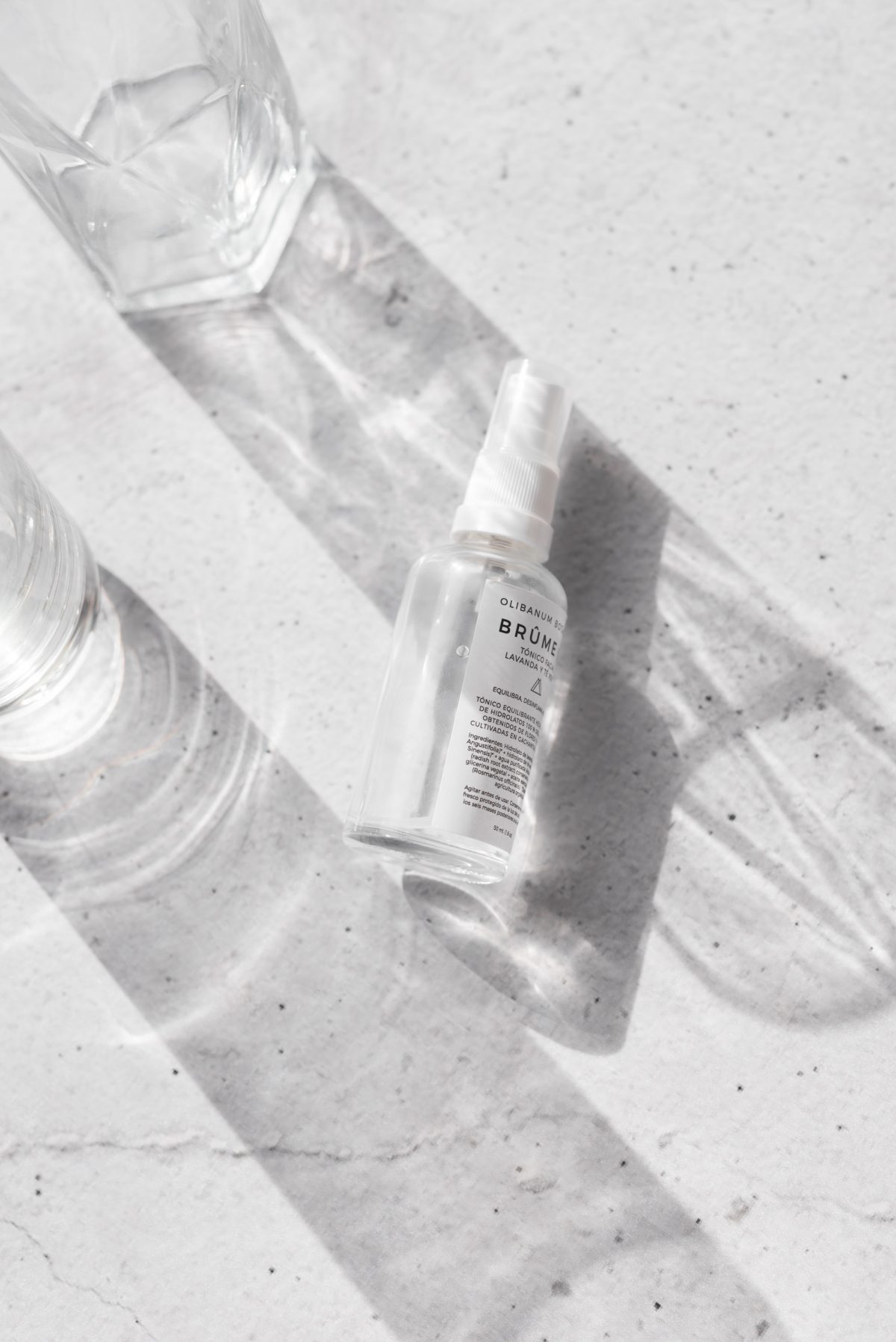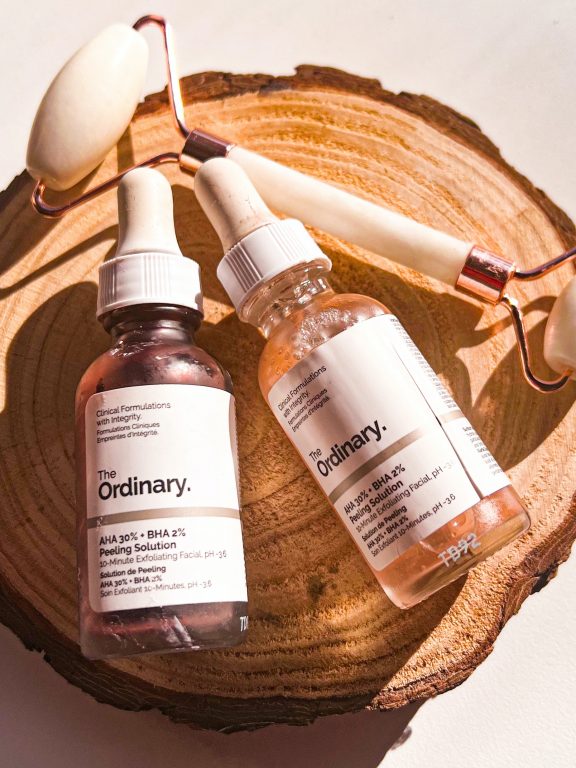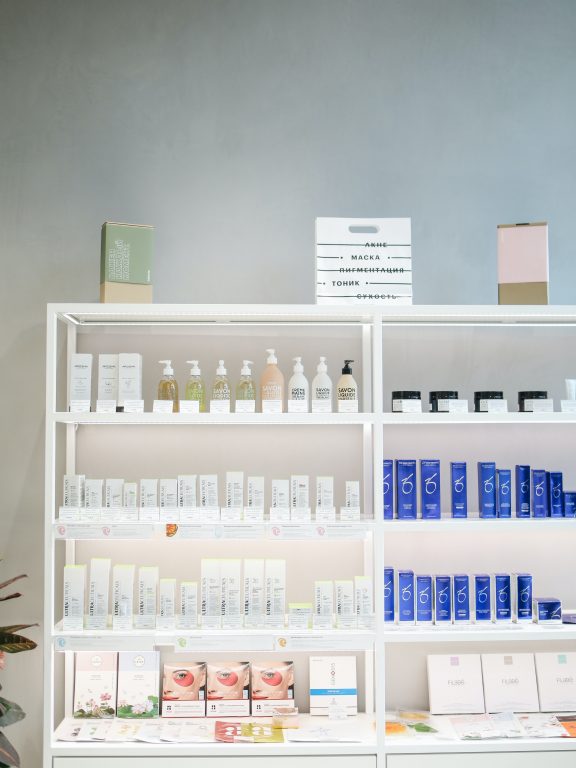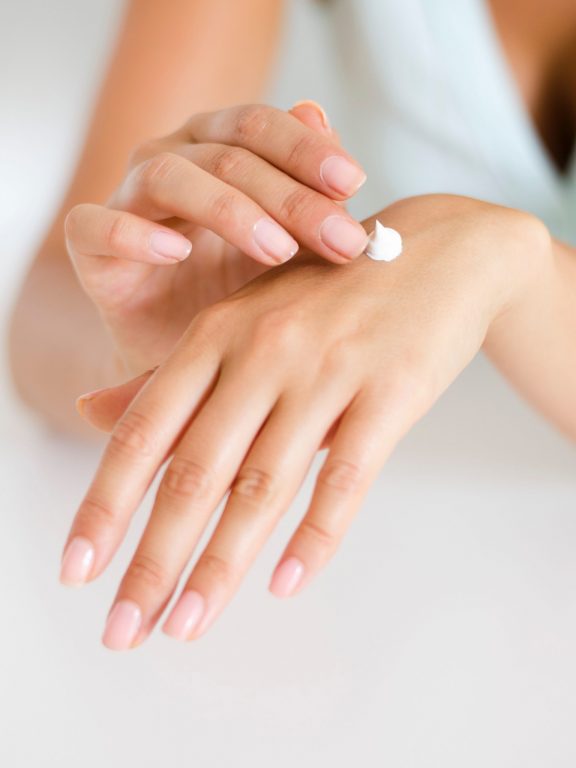The Dos and Don’ts of Exfoliating

Exfoliating is a crucial step in any skincare routine. By removing dead skin cells, it promotes cell turnover, unclogs pores, and reveals a fresh and radiant complexion. However, not all exfoliation methods are created equal. In this blog post, we’ll explore the dos and don’ts of exfoliating, ensuring that you achieve healthy and glowing skin without causing any harm.
The Dos and Don’ts of Exfoliating: Achieve Healthy and Glowing Skin
Understand Your Skin Type
DO: Before you begin exfoliating, it’s essential to understand your skin type. Whether you have oily, dry, sensitive, or combination skin, choose an exfoliation method that suits your specific needs. Different skin types may require different frequencies and types of exfoliation.
DON’T: Avoid using harsh exfoliants or aggressive scrubbing techniques if you have sensitive or acne-prone skin. Opt for gentler methods that won’t irritate or damage your skin’s protective barrier.
Choose the Right Exfoliation Method:
DO: There are various exfoliation methods available, including physical and chemical exfoliation. Physical exfoliation involves using granular scrubs, brushes, or exfoliating gloves to manually remove dead skin cells. Chemical exfoliation, on the other hand, involves using acids such as alpha-hydroxy acids (AHAs) or beta-hydroxy acids (BHAs) to dissolve dead skin cells. Choose the method that aligns with your skin type and concerns.
DON’T: Avoid using aggressive physical exfoliants with large or irregularly shaped particles, as they can cause micro-tears in the skin. Similarly, be cautious when selecting chemical exfoliants and start with lower concentrations to prevent skin irritation.
Follow A Consistent Exfoliation Schedule
DO: Establish a regular exfoliation schedule based on your skin type and the chosen method. Generally, exfoliating 1-2 times per week is sufficient for most individuals. Adjust the frequency as needed, paying attention to how your skin reacts.
DON’T: Over-exfoliating can lead to skin irritation, redness, and dryness. Avoid exfoliating too frequently, especially if you have sensitive skin. Remember, moderation is key.
Prep and Protect Your Skin
DO: Prior to exfoliation, cleanse your face with a gentle cleanser to remove any makeup, dirt, or excess oils. This ensures that the exfoliant can effectively penetrate the skin. After exfoliating, follow up with a hydrating moisturizer to nourish and protect the newly revealed skin.
DON’T: Exfoliate on broken or irritated skin. If you have sunburn, open wounds, or active acne, it’s best to avoid exfoliation until your skin has healed.
Listen to Your Skin
DO: Pay attention to how your skin responds to exfoliation. If you notice any signs of irritation, redness, or discomfort, adjust your exfoliation routine accordingly. Everyone’s skin is unique, so it’s crucial to adapt your approach based on individual needs.
DON’T: Ignore the signals your skin is giving you. Pushing through excessive redness or persistent irritation can lead to long-term damage. Be gentle and nurturing towards your skin.
Exfoliating can be a game-changer for achieving healthy and glowing skin. By following these dos and don’ts, you can optimize your exfoliation routine and enjoy the benefits it brings. Remember to understand your skin type, choose suitable exfoliation methods, establish a consistent schedule, and listen to your skin’s needs. With proper care, your skin will thank you with a renewed and radiant appearance.
Click HERE to shop my newest favorite exfoliator by Glowbiotics
Use code: amber20 for 20% off
Click HERE to learn how to get glowing skin!









